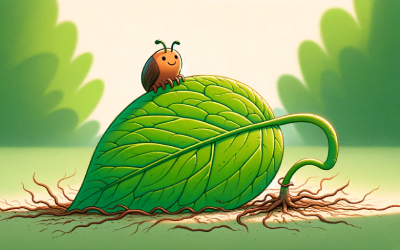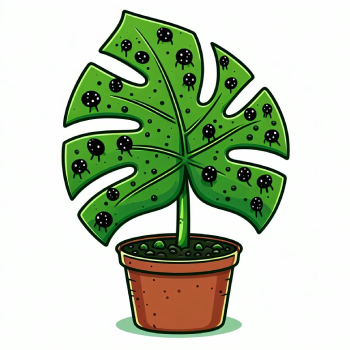
Vine weevils in houseplants: A comprehensive guide to identification, prevention, and treatment
Imagine a botanical nemesis, undermining the tranquillity of your indoor garden. The vine weevil, notorious across the UK, is more than just a nuisance; it's a threat to your cherished houseplants. These stealthy invaders can transform your verdant paradise into a leafy graveyard if left unchecked. Let's dive into the world of vine weevils (also known as root weevils), arming you with knowledge and strategies to protect your indoor oasis.
Advice from the experts 👩🌾
Strategically placing a few harmless faux predators, like small toy spiders or ladybug decals, near the plant can create a visual illusion that discourages weevils from approaching.



